
DALL-E simply explained
Verica Rosic, February 10, 2023· Creative Process
An astronaut on a horse or a sea otter in the style of “The Girl with the Pearl Earring” – to create such graphics, designers usually need several hours. “DALL-E”, an artificial intelligence (AI) tool from OpenAI, generates these images in seconds. Find out what DALL-E is, how it works and how to use it in this DALL-E Guide.
Content
What is DALL-E?
How does DALL-E work?
Does DALL-E have security gaps?
Is DALL-E free?
How can I use DALL-E?
Can I also use DALL-E commercially?
In which areas could DALL-E be used?
Examples of images generated with DALL-E
What are the future prospects of DALL-E?
What is DALL-E?
“DALL-E” is the name of an online program by the company OpenAI that translates text prompts into images. The term “DALL-E” is a combination of the name of the surrealist artist Dalí and the Pixar film title “WALL-E”. The program is based on a neural network that translates prompts (“text prompts”) into new images with the help of artificial intelligence. The company OpenAI first presented DALL-E in January 2021. DALL-E 2 is the improved version that generates an even higher number of images with better resolution and can also edit images afterwards.
How does DALL-E work?
The artificial intelligence DALL-E 2 can create new images from text prompts or edit existing ones. OpenAI has trained DALL-E 2 with a large database. This allows the AI to understand relationships between text descriptions and images. Since DALL-E randomly colours the images, no two results are alike.
DALL-E 2 is based on two AI technologies: The first is called CLIP (Contrastive Language-Image Pre-training), an artificial neural network that can sketch images based on text prompts. The second technology is called GLIDE (Guided Language to Image Diffusion for Generation and Editing). It can colour these sketches so that the human eye can recognise a coherent image.
Does DALL-E have security gaps?
Both technologies are based on a Generative Pre-trained Transformer (GPT) model that has been trained using a large number of images with associated descriptions. However, in order not to reproduce previous stereotypes and discrimination, OpenAI has undertaken security measures. For example, DALL-E 2 has been trained to generate results that represent the diversity of the world’s population, so that, for example, entering “doctor” no longer produces predominantly images of white males. Also, images cannot be uploaded that depict realistic faces of famous people or violence.
Is DALL-E free?
DALL-E 2 is free up to a certain number of text prompts. At the start, 50 credits are free and 15 more are given away every month. One credit is used each time a user clicks on “generate” or “variations”. Users can create a maximum of 12 images per hour. Since OpenAI links each account to a mobile phone number, it is difficult to circumvent this credit system.
DALL-E entered the beta phase in June 2022. Since then, users have been able to purchase an additional 115 credits for $15, in addition to the freely available credits. In addition, OpenAI announced that artists can apply for financial support here. In this way, the company wants to support the dissemination of the tool in the creative sector.
How can I use DALL-E?
Anyone with a mobile number can create a DALL-E account. You can click on “sign up” here and register. You can enter the desired text prompt in the text field and choose from usually four results. The images can be downloaded but have a watermark.
DALL-E Tip: Use detailed descriptions in the text prompts, such as a motif in a certain form of presentation, certain colours, locations or image details. In general, it is worth trying out different text prompts to learn how to use DALL-E well. You can also use the “Surprise me” function to get inspired.
Can I also use DALL-E commercially?
Since DALL-E is in the beta phase, users have been granted full rights of use to the images they create. This also includes the use of DALL-E for commercial purposes. Most users use © OpenAI as copyright. However, the copyright of images created by an AI is not yet legally defined.
In which areas could DALL-E be used?
Already, images created using artificial intelligence are winning art competitions – such as “Théâtre D’opéra Spatial”, created by Jason Allen with the help of Midjourney, which won first prize at the Colorado Fair competition.
At the same time, DALL-E offers a wide range of possibilities to inspire artists or designers and to illustrate ideas. DALL-E 2 can be used in other industries besides the arts to save time and resources or to help with ideation.
Some examples of the use of DALL-E could be:
Creation of generative art images
Creation of illustrations for children’s books or comics
Creation of visual elements for games or films
Creation of prototypes for product design
Examples of images generated with DALL-E
1) Astronaut riding a horse
One of the best-known examples of images generated with DALL-E is the astronaut riding a horse through space. This example shows how realistically DALL-E can combine existing concepts.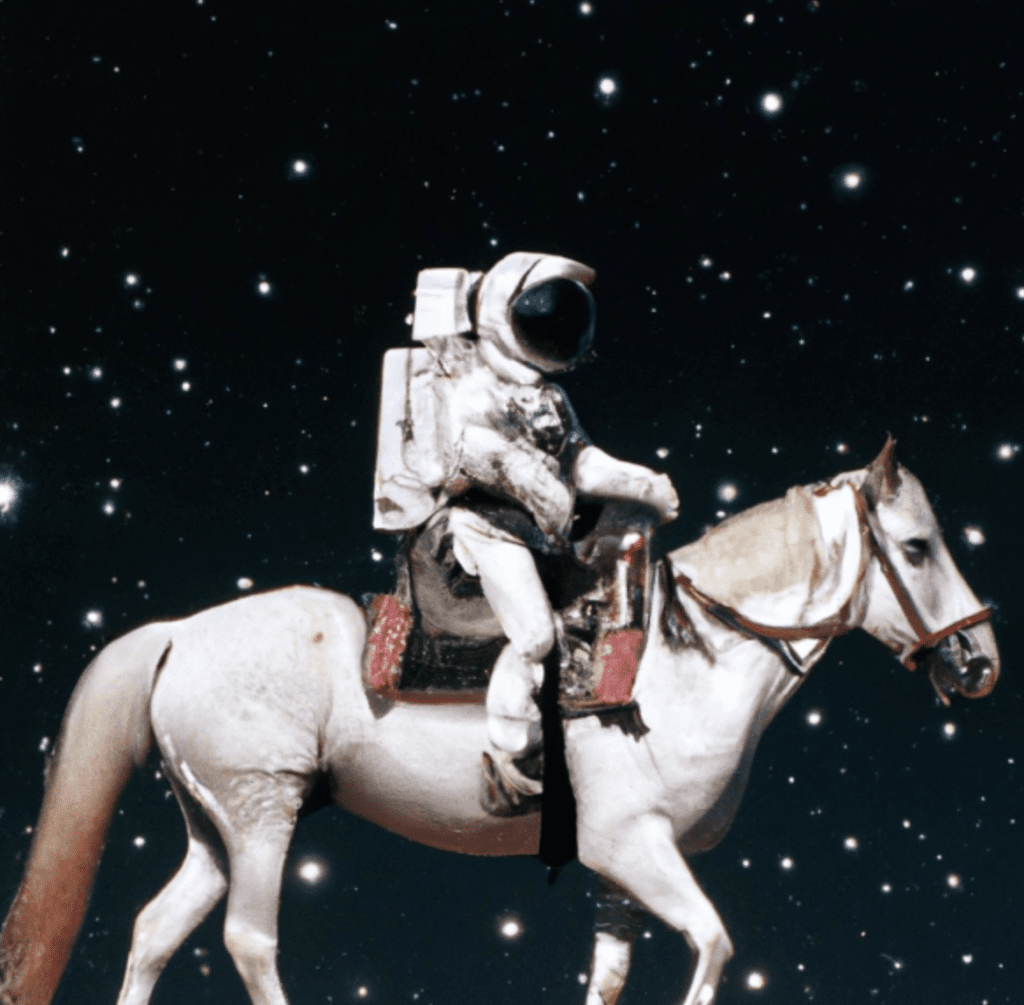 Astronaut riding a horse © OpenAIDALLE
Astronaut riding a horse © OpenAIDALLE
2) White fur monster in purple room
The white plush monster in the purple room could be used as a character in video games or other digital media, showing that AI is capable of creating new and unique characters.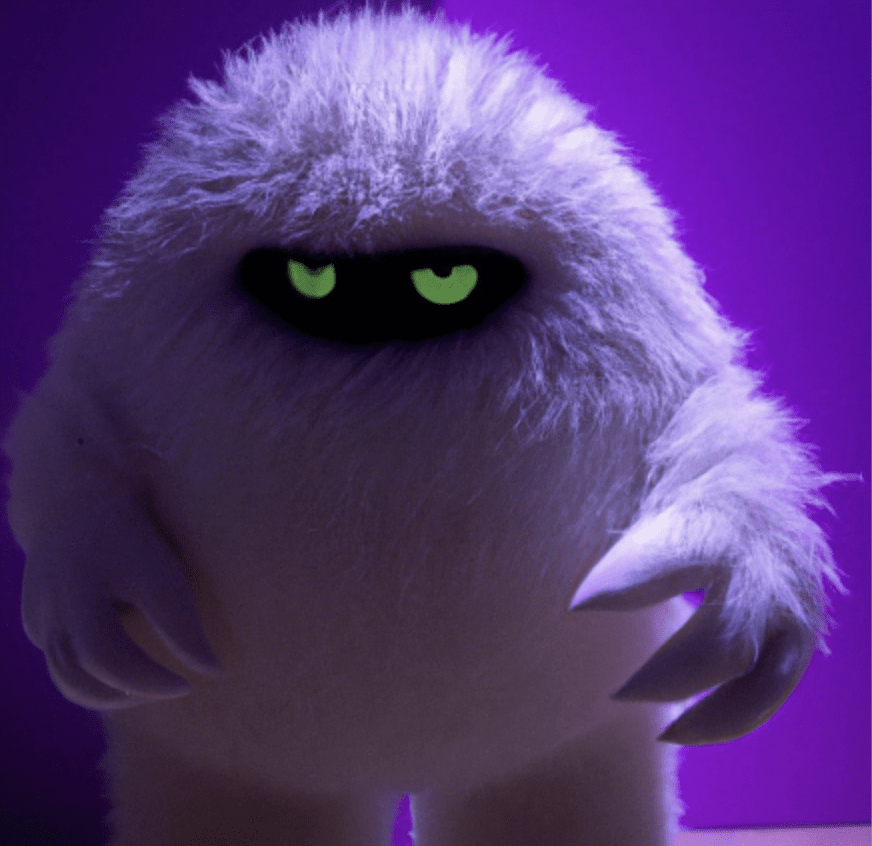 White fur monster in purple room © OpenAIDALLE
White fur monster in purple room © OpenAIDALLE
3) Teddy bears mixing sparkling chemicals as mad scientists
DALL-E can also depict fantasy motifs realistically. The image of the teddy bears as mad scientists mixing sparkling chemicals in a laboratory could be used as a book cover for children’s horror stories. Teddy bears mixing sparkling chemicals as mad scientists © OpenAIDALLE
Teddy bears mixing sparkling chemicals as mad scientists © OpenAIDALLE
4) A sea otter in the style of ‘Girl with a Pearl Earring’ by Johannes Vermeer
Kunstklassiker neu interpretiert: Das Bild eines Seeotters im Stil des ‚Mädchens mit dem Perlenohrring‘ von Johannes Vermeer zeigt, dass DALL-E berühmte Künstler imitieren kann – wie hier den niederländischen Maler Vermeer.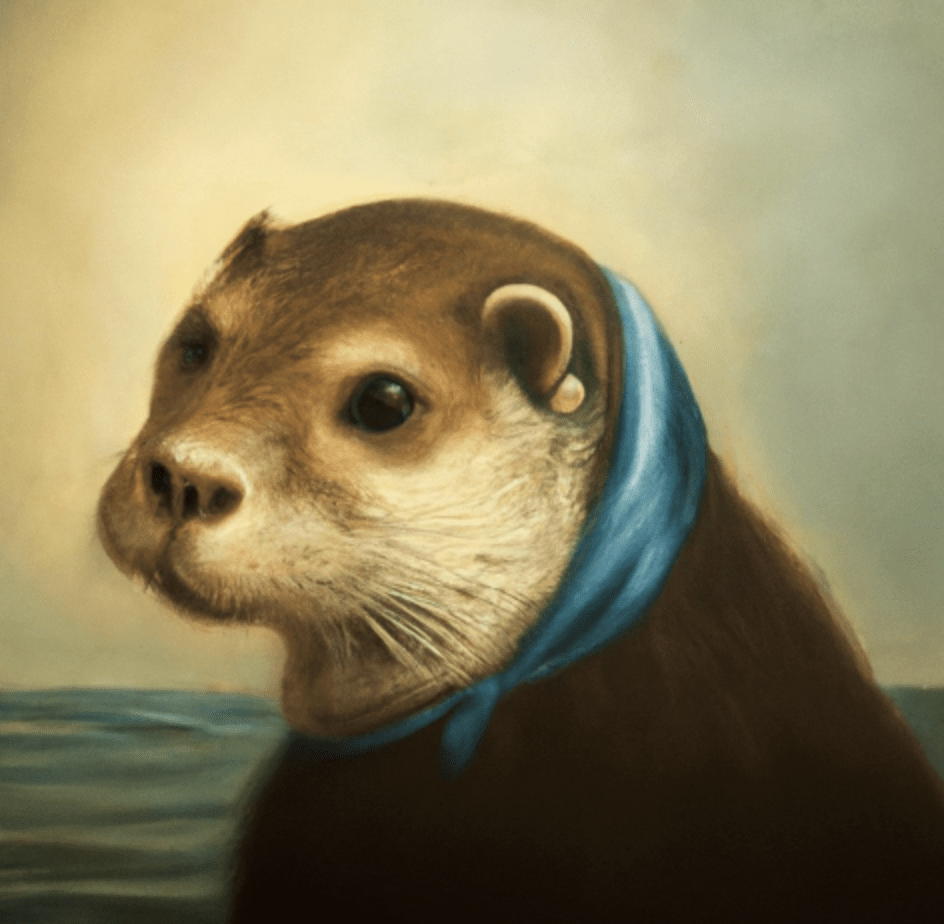 “A sea otter in the style of ‘Girl with a Pearl Earring’ by Johannes Vermeer” © OpenAIDALLE
“A sea otter in the style of ‘Girl with a Pearl Earring’ by Johannes Vermeer” © OpenAIDALLE
5) A photo of a quaint flower shop storefront with a pastel green and clean white facade and open door and big window
Realistic glossy photos: This image of a quaint flower shop with a pastel green and clean white façade, an open door and a large window is an example of how realistically DALL-E can create new places. “A photo of a quaint flower shop storefront with a pastel green and clean white facade and open door and big window” © OpenAIDALLE
“A photo of a quaint flower shop storefront with a pastel green and clean white facade and open door and big window” © OpenAIDALLE
6) An avocado armchair
Dall-E is also able to create unusual designs like this futuristic piece of furniture – a green-brown armchair in the shape of an avocado.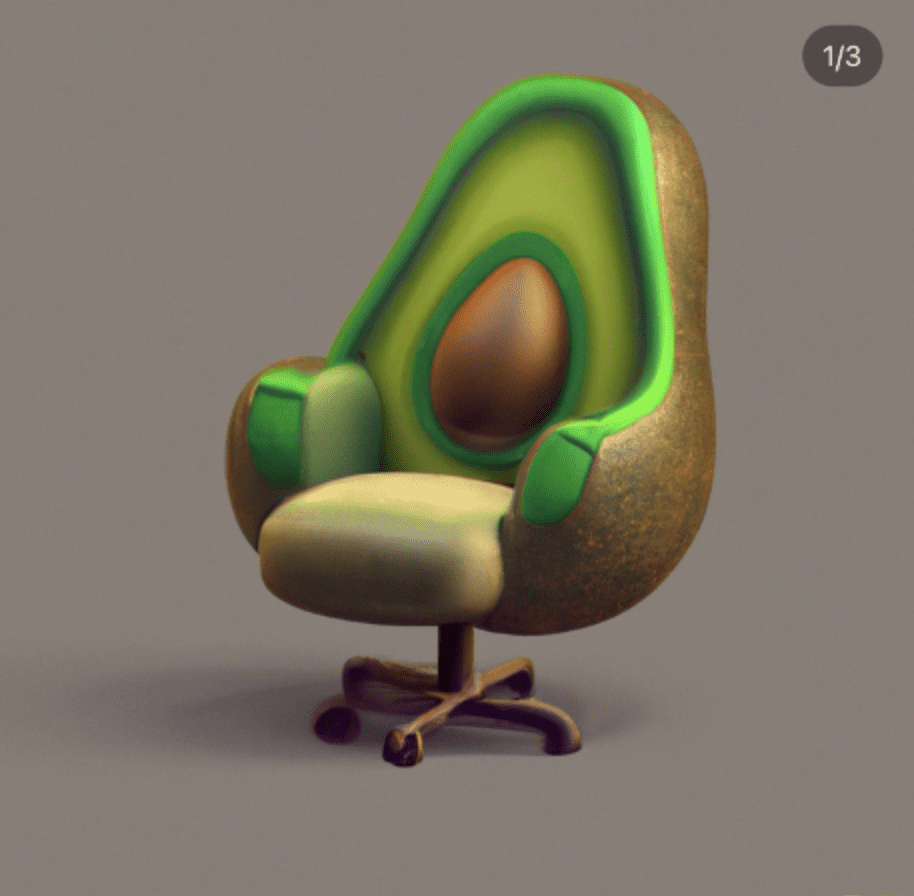 “An avocado armchair” ©OpenAIDALLE
“An avocado armchair” ©OpenAIDALLE
7) A teddy bear on sideboard on timesquare
DALL-E can also bring stuffed animals to life. The picture of a teddy bear riding a skateboard through Times Square in New York shows how DALL-E can also reproduce fantasy motifs photo-realistically.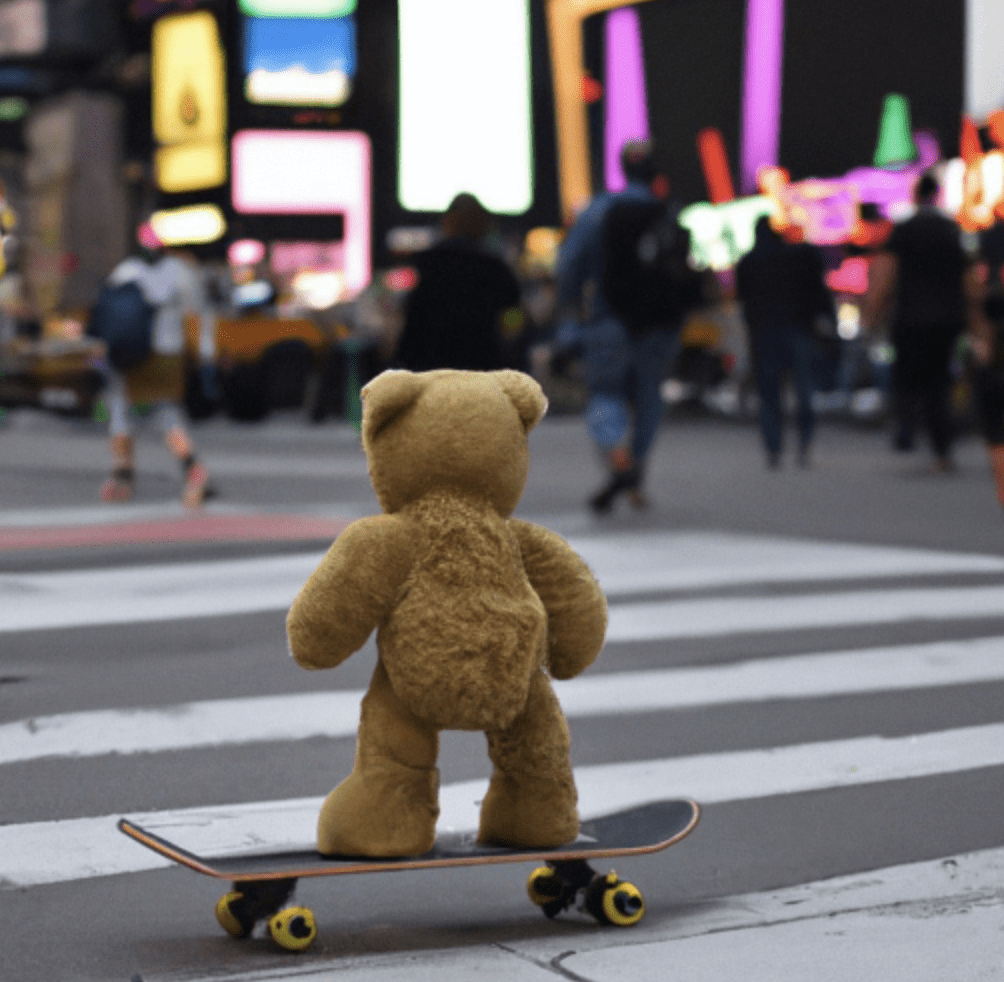 A teddy bear on sideboard on timesquare” ©OpenAIDALLE
A teddy bear on sideboard on timesquare” ©OpenAIDALLE
8) An oil painting of a humanoid robot playing chess in the style of Matisse
Science fiction meets Matisse: The Matisse-style oil painting shows a humanoid robot playing chess and is another example of how DALL-E can emulate different art styles.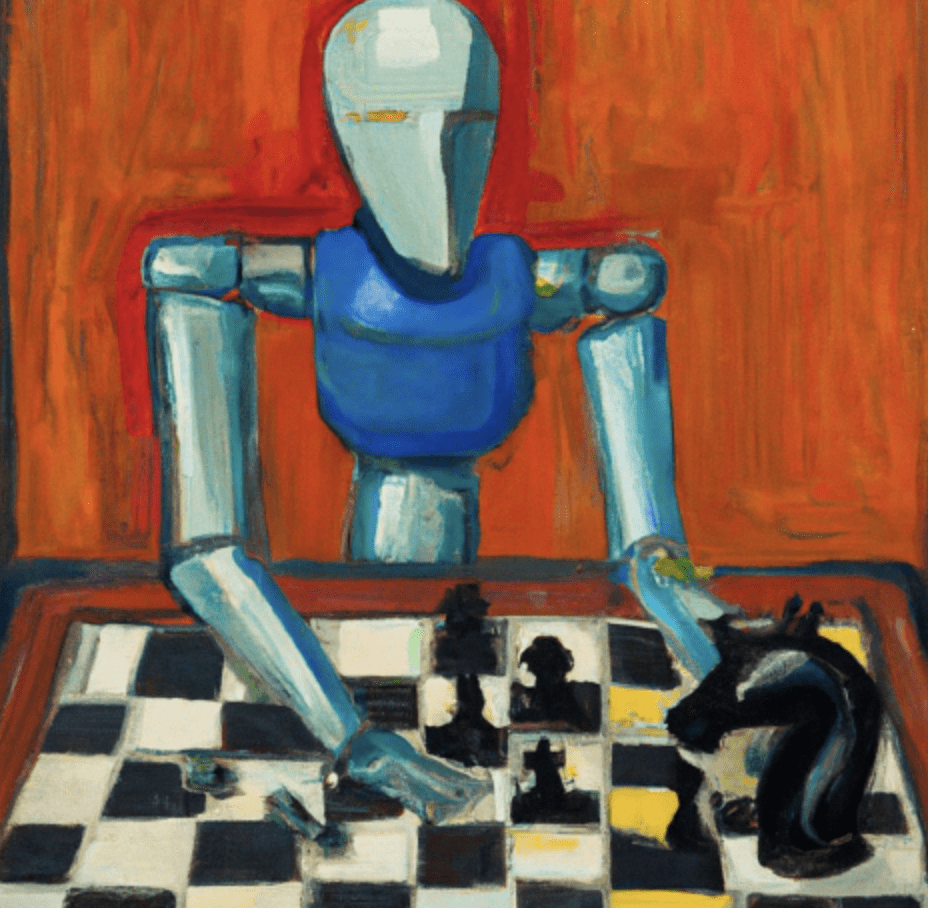 “An oil painting of a humanoid robot playing chess in the style of Matisse” ©OpenAIDALLE
“An oil painting of a humanoid robot playing chess in the style of Matisse” ©OpenAIDALLE
9) A raccoon astronaut with the cosmos reflecting on the glass of his helmet dreaming ft he stars, digital art
Cute raccoon in space: The digital artwork shows a raccoon astronaut with the cosmos reflected on the glass of his helmet. “A raccoon astronaut with the cosmos reflecting on the glass of his helmet dreaming of the stars, digital art ” ©OpenAIDALLE
“A raccoon astronaut with the cosmos reflecting on the glass of his helmet dreaming of the stars, digital art ” ©OpenAIDALLE
10) Portrait of shiba inu, photo, 8k
DALL-E can also create photorealistic portraits of favourite animals – like this image of a Shiba Inu in 8K resolution.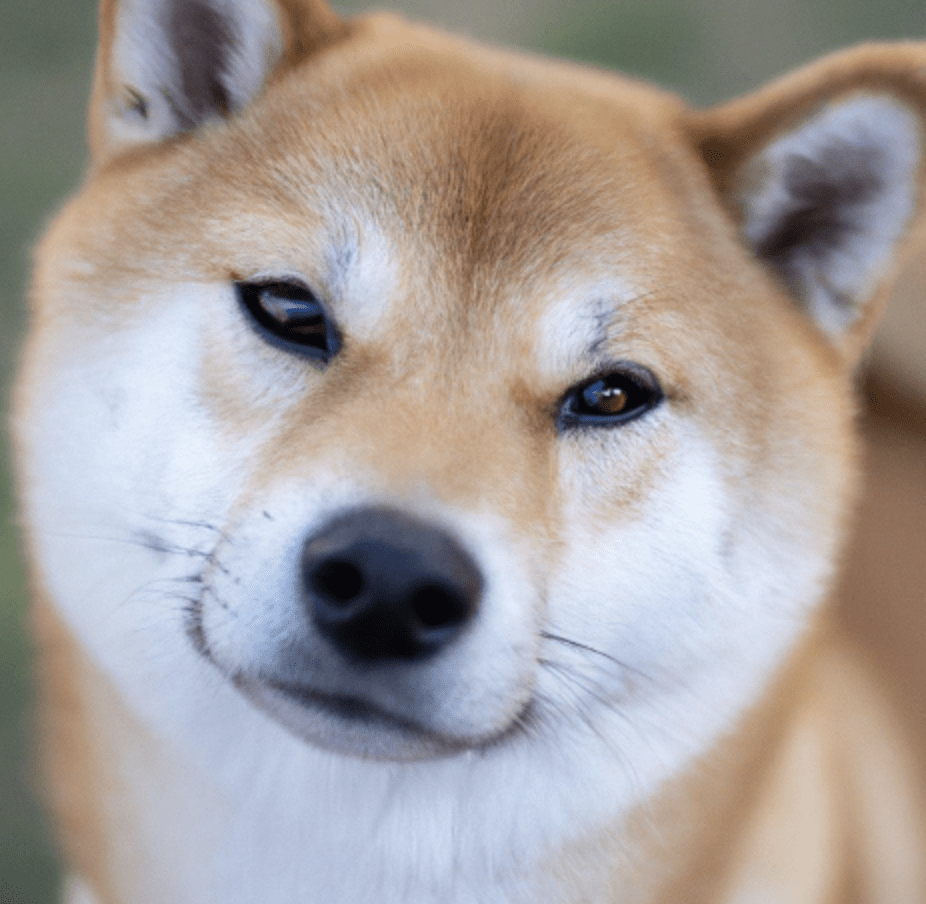 “Portrait of shiba inu, photo, 8k” ©OpenAIDALLE
“Portrait of shiba inu, photo, 8k” ©OpenAIDALLE
What are the future prospects of DALL-E?
It can be assumed that DALL-E will continue to improve in the future. OpenAI is already working on an enhanced version of DALL-E that will also be able to generate videos. It can also be assumed that DALL-E will also be able to generate sound and speech in the future. This would once again expand the possibilities of DALL-E and make it applicable in even more industries.
Summary
DALL-E is a powerful tool from OpenAI that makes it possible to generate graphics quickly and easily from text prompts. DALL-E 2 is the new version that generates an even higher number of images with better resolution, provides less discriminating and more diverse results and can also edit existing images afterwards. DALL-E can be used in many sectors to save time and resources. However, it is important that AI is used responsibly and that the application continues to be protected from misuse.